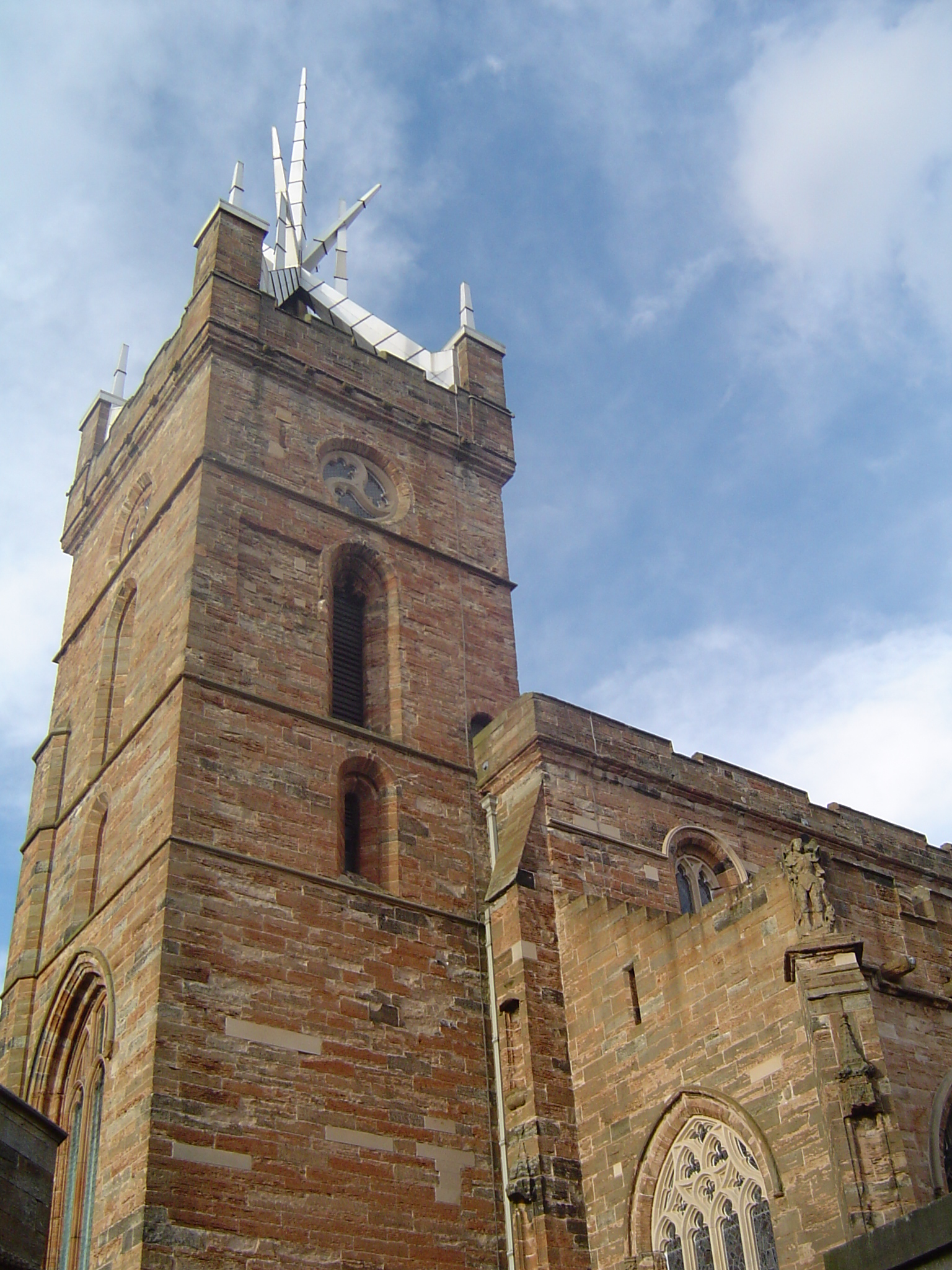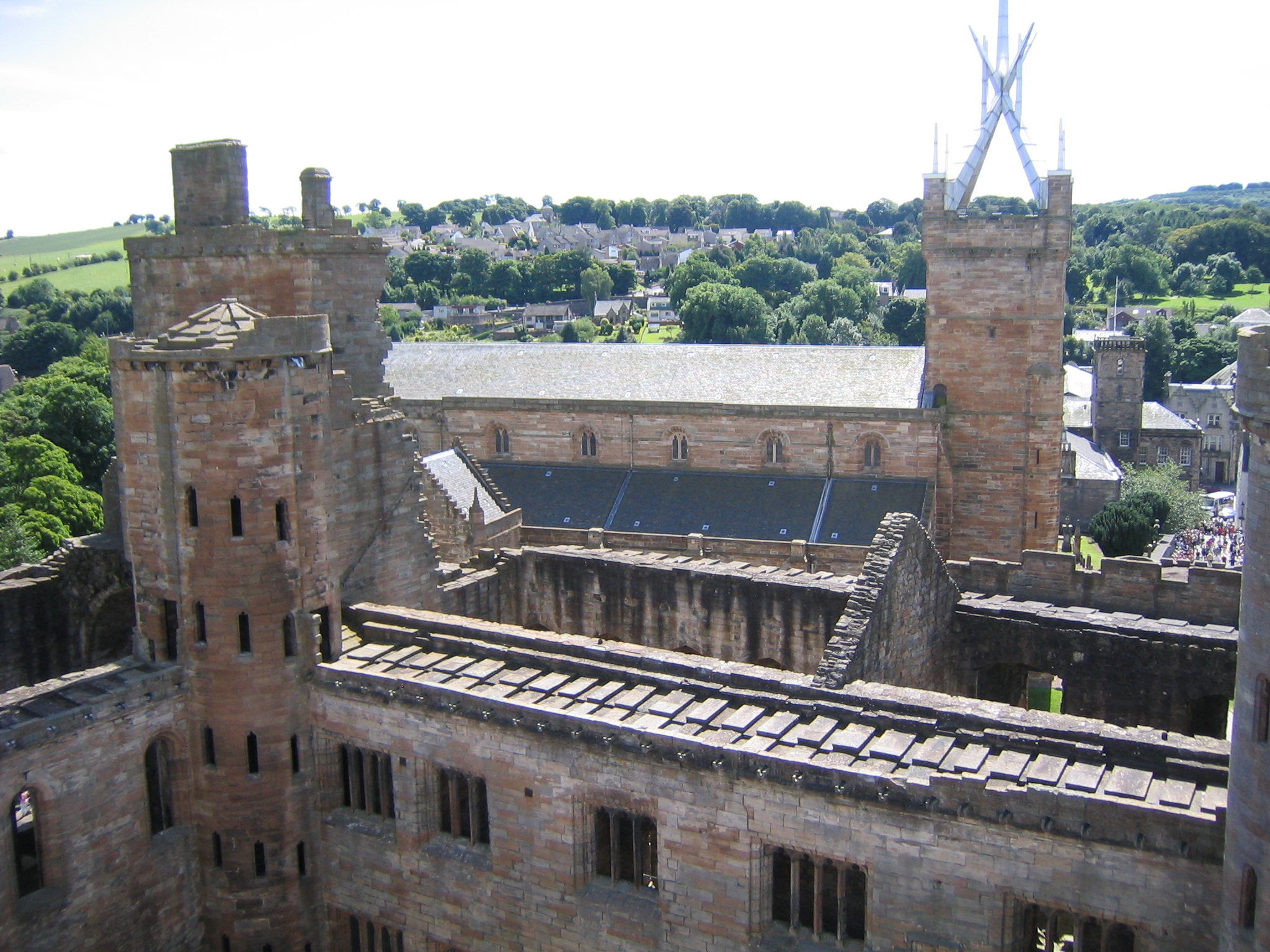St. Michael's Parish Church, Linlithgow on:
[Wikipedia]
[Google]
[Amazon]

 St. Michael's Parish Church is one of the largest
St. Michael's Parish Church is one of the largest
Church of Scotland
* {{DEFAULTSORT:Saint Michael's Parish Church, Linlithgow
burgh
A burgh is an autonomous municipal corporation in Scotland and Northern England, usually a city, town, or toun in Scots. This type of administrative division existed from the 12th century, when King David I created the first royal burghs. Bur ...
churches in the Church of Scotland
The Church of Scotland ( sco, The Kirk o Scotland; gd, Eaglais na h-Alba) is the national church in Scotland.
The Church of Scotland was principally shaped by John Knox, in the Reformation of 1560, when it split from the Catholic Church ...
. It is one of two parishes serving the West Lothian
West Lothian ( sco, Wast Lowden; gd, Lodainn an Iar) is one of the 32 council areas of Scotland, and was one of its historic counties. The county was called Linlithgowshire until 1925. The historic county was bounded geographically by the A ...
county town of Linlithgow
Linlithgow (; gd, Gleann Iucha, sco, Lithgae) is a town in West Lothian, Scotland. It was historically West Lothian's county town, reflected in the county's historical name of Linlithgowshire. An ancient town, it lies in the Central Belt on a ...
, the other being St. Ninian's Craigmailen. St Michael
Michael (; he, מִיכָאֵל, lit=Who is like El od, translit=Mīḵāʾēl; el, Μιχαήλ, translit=Mikhaḗl; la, Michahel; ar, ميخائيل ، مِيكَالَ ، ميكائيل, translit=Mīkāʾīl, Mīkāl, Mīkhāʾīl), also ...
is the town's patron saint; the town's motto is ''"St Michael is kinde to strangers".''
History
King David I of Scotland granted a charter for the establishment of the church in 1138. The church was built on the site of an older church and was consecrated in 1242. Following a fire in 1424, most of the present building dates from the 15th century.James IV
James IV (17 March 1473 – 9 September 1513) was King of Scotland from 11 June 1488 until his death at the Battle of Flodden in 1513. He inherited the throne at the age of fifteen on the death of his father, James III, at the Battle of Sauch ...
visited building work at the quire in July 1506 and gave the master mason a tip of 9 shillings. Parts of the Church of St Michael were brought into use as they were completed, and the church was completed in 1540. The building was extensively restored in the 19th century.
Built immediately to the south of Linlithgow Palace
The ruins of Linlithgow Palace are located in the town of Linlithgow, West Lothian, Scotland, west of Edinburgh. The palace was one of the principal residences of the monarchs of Kingdom of Scotland, Scotland in the 15th and 16th ce ...
, the church was much favoured as a place of worship by Scottish Kings and Queens. Robert Lindsay of Pitscottie included in his chronicle a story that, in the weeks before the Battle of Flodden
The Battle of Flodden, Flodden Field, or occasionally Branxton, (Brainston Moor) was a battle fought on 9 September 1513 during the War of the League of Cambrai between the Kingdom of England and the Kingdom of Scotland, resulting in an English ...
, when James IV and his courtiers were in the church, a mysterious old man with a staff and a blue gown appeared and advised him not to go to war or listen to the advice of women.
Mary, Queen of Scots
Mary, Queen of Scots (8 December 1542 – 8 February 1587), also known as Mary Stuart or Mary I of Scotland, was Queen of Scotland from 14 December 1542 until her forced abdication in 1567.
The only surviving legitimate child of James V of S ...
, was born in Linlithgow Palace on 8 December 1542 and was baptised in St Michael's Church. In 1559, at an early stage of the Scottish Reformation
The Scottish Reformation was the process by which Kingdom of Scotland, Scotland broke with the Pope, Papacy and developed a predominantly Calvinist national Church of Scotland, Kirk (church), which was strongly Presbyterianism, Presbyterian in ...
, the Protestant Lords of the Congregation
The Lords of the Congregation (), originally styling themselves "the Faithful", were a group of Protestant Scottish nobles who in the mid-16th century favoured a reformation of the Catholic church according to Protestant principles and a Scot ...
destroyed the statues adorning the exterior and interior of the church as signs of "popishness", and defaced the statue of St Michael which formed part of the structure. Only the statue of St Michael survives: visible at the top of the outer south-west buttress.
Following the Reformation, the interior of the church was reordered. Some traces of pre-Reformation artefacts can still be detected. In 1646, Oliver Cromwell
Oliver Cromwell (25 April 15993 September 1658) was an English politician and military officer who is widely regarded as one of the most important statesmen in English history. He came to prominence during the 1639 to 1651 Wars of the Three ...
's troops stabled their horses within the nave. Following the departure of the troops, considerable restoration was required.
By the early 19th century, the church was in a very poor physical condition. Although repairs were made, many of the historic features of the church were destroyed, the interior walls were whitewashed, a plaster ceiling replaced a fine 16th-century one and in 1820–21 the stone Crown Tower (a crown steeple
A crown steeple, or crown spire, is a traditional form of church steeple in which curved stone flying buttresses form the open shape of a rounded crown. Crown spires first appeared in the Late Gothic church architecture in England and Scotland dur ...
similar to that of St Giles' Cathedral
St Giles' Cathedral ( gd, Cathair-eaglais Naomh Giles), or the High Kirk of Edinburgh, is a parish church of the Church of Scotland in the Old Town of Edinburgh. The current building was begun in the 14th century and extended until the early 1 ...
) had to be dismantled and removed. Rev Archibald Scott introduced the first church organ in 1871 (following the "Crieff Organ Case" of 1867), and also removed the whitewash from the walls.
While other repairs were completed and the church was rededicated in 1896, the tower was too weakened for restoration of the original crown steeple.
By the late 19th century tastes had changed radically, with the installation of the church's first post-Reformation stained glass windows. In 1964, an aluminium crown designed by Geoffrey Clarke was installed (replacing the Crown Tower removed in 1821).
Notable Ministers
Four consecutive ministers served as Moderator: * Rev Andrew Bell Moderator in 1855 * Rev Donald Macleod Moderator in 1895 * Rev Archibald Scott minister 1870 to 1872, Moderator in 1896 *Rev Thomas Niven, minister 1872 to 1876, Moderator in 1906 *Rev Dr John Ferguson, minister 1878 to 1913, organised the restoration of the church The church has been served by some notable former ministers, including the Very Revd Dr David Steel (father of the politicianDavid Steel
David Martin Scott Steel, Baron Steel of Aikwood, (born 31 March 1938) is a British politician. Elected as Member of Parliament for Roxburgh, Selkirk, and Peebles, followed by Tweeddale, Ettrick, and Lauderdale, he served as the final leade ...
) who was Moderator of the General Assembly of the Church of Scotland
The Moderator of the General Assembly of the Church of Scotland is the minister or elder chosen to moderate (chair) the annual General Assembly of the Church of Scotland, which is held for a week in Edinburgh every year. After chairing the Ass ...
in 1974. Rev Dr Liam Fraser was inducted as St Michael's Minister on 14 November 2019.
See also
*List of Church of Scotland parishes
The Church of Scotland, the national church of Scotland, divides the country into Presbyteries, which in turn are subdivided into Parishes, each served by a parish church, usually with its own minister. Unions and readjustments may however re ...
* St Michael's Roman Catholic Church, Linlithgow
References
External links
*Church of Scotland
* {{DEFAULTSORT:Saint Michael's Parish Church, Linlithgow
Linlithgow
Linlithgow (; gd, Gleann Iucha, sco, Lithgae) is a town in West Lothian, Scotland. It was historically West Lothian's county town, reflected in the county's historical name of Linlithgowshire. An ancient town, it lies in the Central Belt on a ...
Churches in West Lothian
Category A listed buildings in West Lothian
Listed churches in Scotland
Linlithgow
Religious organizations established in the 1130s
Protestant churches converted from Roman Catholicism